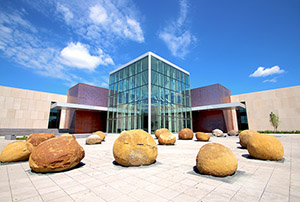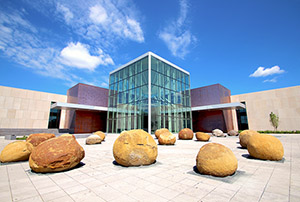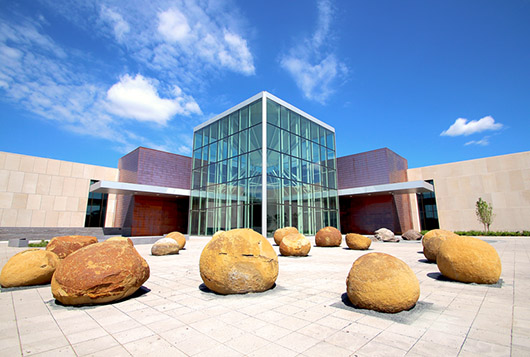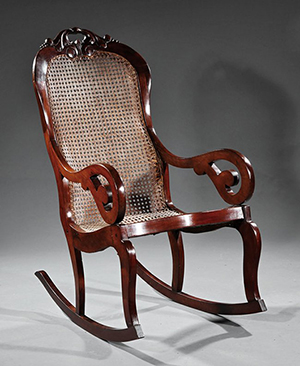
CRYSTAL RIVER, Fla. – In the past I wrote a column concerning the second most frequently asked question about older and antique furniture. That question has to do with retaining, enhancing or destroying the value of a piece if it is repaired, refinished etc. The column conveniently sidestepped the first question, the one that everyone REALLY wants to know: What’s it worth?
Sometimes it seems a shame that in most cases today the overriding emphasis placed on an antique is the market value. Too often antiques are regarded as just trade goods. There was a time when antiques were prized for their historical value – their link to the past and what that past stood for. This was the underlying motivation for the Colonial Revival – at least in the beginning. Antiques also have been highly prized for their workmanship or artistry – you know the old saw “A thing of beauty is ….”
But, alas, in today’s environment when someone inherits great-great-grandma’s chair, more often than not the first thing they do is write to someone like me to ask what it’s worth. Not how it was made or what it was made from. Not how to care for it or how to use it. Not how to research its history or appreciate its heritage. Just “How many dollars is it worth and what do I do to get the best price for it?” Whatever.
While idle curiosity or simple greed seems to motivate most inquiries about value there are more legitimate and justifiable reasons for needing to determine the value of an antique. Those reasons frequently have to do with acquiring and maintaining proper levels of insurance, establishing a value for claims purposes or for use in tax preparation or defense.
So how do you find out what something is worth? The ultimate answer appears only after you sell it and the check clears the bank. THAT is what that piece was worth on THAT day, in THAT place to THAT buyer. Anything else is just guesswork. Granted some guesses will be better than others but until the actual sale they are still just guesses.
There are people who represent themselves as professional guessers. They are called appraisers and most have some degree of knowledge greater than the average bear about given subjects and have a pool of resources from which to gather facts to support their guesses.
One place to find appraisers is on the vicarious television shows that offer on-the-spot price information. Granted these appraisers often have a lifetime of experience and do have reference material at their beckoning. However, they often tend to quote prices based on the part of the country or the market with which they are most familiar and that may not always play well in Poughkeepsie. What a chair sells for in New York or Boston may be a far cry from what it brings at auction in LA (Lower Alabama). So celebrity or event appraisals should be taken with a grain of salt and enjoyed for the entertainment value they provide.
When you get serious about wanting to know what something is worth you must then decide what kind of appraisal you need. “What’s it worth?” is not enough for a good appraiser to go on. They need to know for what purpose the appraisal will be used. There are two basic types of appraisals, the “fair market value,” also known as a “selling” appraisal and a “replacement value” appraisal.
A fair market value appraisal is the amount you would expect to realize from the sale of an item to a reputable dealer in the field or what you could reasonably expect to receive, before seller costs and premiums, through an auction service that deals in that particular type of item. For example, you wouldn’t expect to do well selling 20th century art pottery at a service that specializes in Federal furniture. The market is more specific than that. This fair market value approach is the one used by the IRS in assigning value to items donated to charitable causes and is often used in establishing the value of an estate. This is essentially a “wholesale” appraisal. Unless specifically otherwise noted, most insurance companies will also use this type of valuation method in settling claims.
The “otherwise noted” reference is to the other kind of appraisal known as the replacement value method. A value assigned by this type of appraisal is what you would expect to pay for the item if you purchased it on a retail basis from a dealer or gallery in an arm’s length transaction. This is also the amount for which you would insure a specific piece, the replacement cost.
The most important thing to know about these two kinds of appraisals is the fact that they will produce markedly different values for the same item at the same time in the same place. A fair market value appraisal value will generally be 40 to 60 percent below a replacement cost value. When you read that a major dealer has purchased a period American antique at Sotheby’s for $1million, you may rest assured that when you visit their showroom in New York or Philadelphia, the current retail price will greatly exceed the auction price (wholesale). Fair market is what they paid at auction. Replacement is what you will pay them for it (retail).
So how do you obtain an appraisal, either fair market or replacement? As it turns out, appraisals are like so many other things – you get what you pay for.
You can get a free or nominal cost verbal “appraisal” at many antiques shows or fairs. They are generally worth what they cost if you are just curious. You can also visit a dealer and ask what the item is worth. But there may be a conflict here because the dealer may want to buy your piece and pay less than fair market value for it. Not always but it does happen.
There is a new electronic version of the appraisal being done on the Internet. Many of these sites are legitimate and will in fact give you a fairly decent “educated guess” of the market value of your property for a reasonable fee, $10 to $50 generally. But be aware that each individual appraiser for these services is limited by your description of the article and by your skill or lack thereof as a photographer. They will never be able to physically see or touch your item. While many of the online appraisers are certified by one or more of the major associations, their cut of the already fairly low fee is so small that they probably can’t devote too much time to researching your particular item and to writing a comprehensive valuation. Like the verbal version, this type of valuation is more for curiosity’s sake than for legal or insurance purposes.
There are several main accrediting bodies for personal property appraisers in the U.S. including the Appraisers Association of America, the International Society of Appraisers, American Society of Appraisers and National Appraisal Consultants. Each has a website and a searchable database of certified members listed by area of specialization. These people are prepared to work for you in person with no other agenda and will often provide a written statement that they are a disinterested third party.
But be prepared to pay for their research. A thorough written appraisal of personal property will contain such items as the type of valuation method used, identification of the market for which the item is valued, a general market analysis of similar items or categories with possible projections of the direction of that market, an accurate physical description of the object including measurements and photos where applicable, sales results of similar items in that market, provenance if available and a firm statement of value based on the research. There are other items that may be included for your particular need based on what you and the appraiser agree upon.
In short, what you get from a licensed, accredited, knowledgeable appraiser is their best professional estimate of the value of your item. That signed written estimate is backed up by their experience, education and research and in most cases is acceptable for insurance and legal purposes. That’s where you go if you REALLY want to know what its worth.
Send comments, questions and pictures to Fred Taylor at P.O. Box 215, Crystal River, FL 34423 or email them to him at info@furnituredetective.com.
Visit Fred’s newly redesigned website at www.furnituredetective.com and check out the new downloadable “Common Sense Antiques” columns in .pdf format. His book How To Be a Furniture Detective is available for $18.95 plus $3 shipping. Send check or money order for $21.95 to Fred Taylor, P.O. Box 215, Crystal River, FL, 34423.
Fred and Gail Taylor’s DVD, Identification of Older & Antique Furniture ($17 + $3 S&H) is also available at the same address. For more information call 800-387-6377 (9 a.m.-4 p.m. Eastern, M-F only), fax 352-563-2916, or info@furnituredetective.com. All items are also available directly from his website.
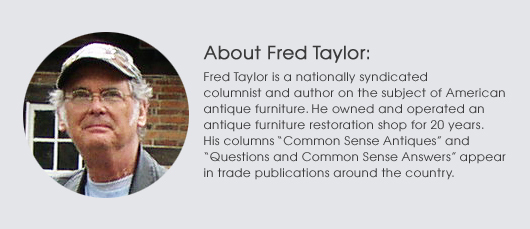
ADDITIONAL IMAGE OF NOTE
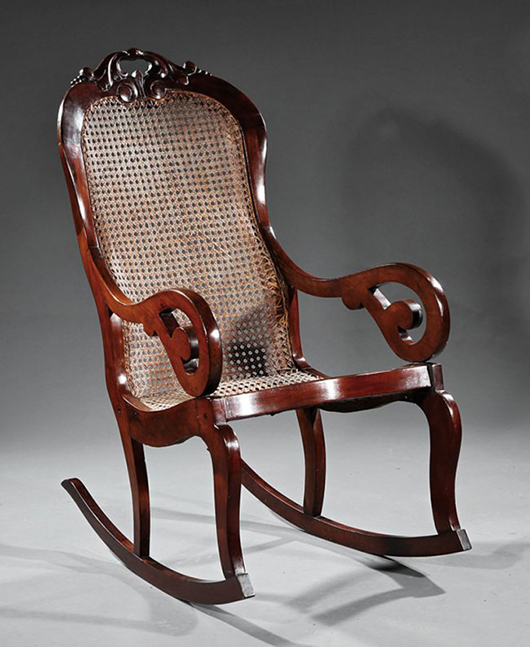


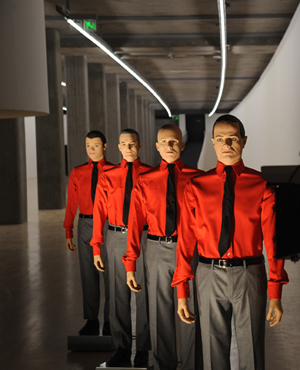
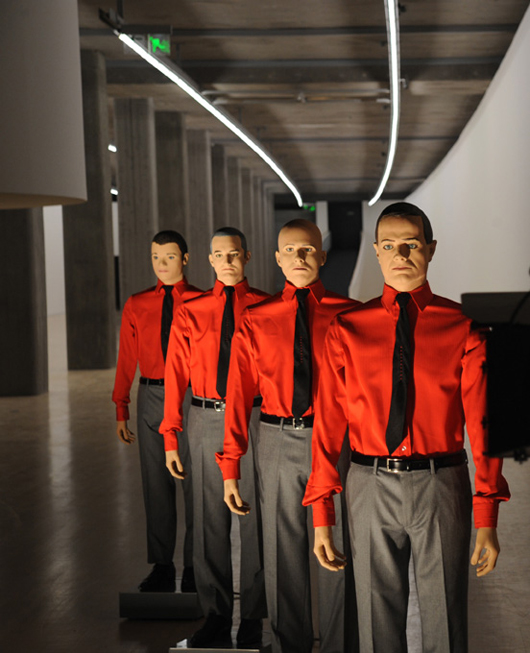


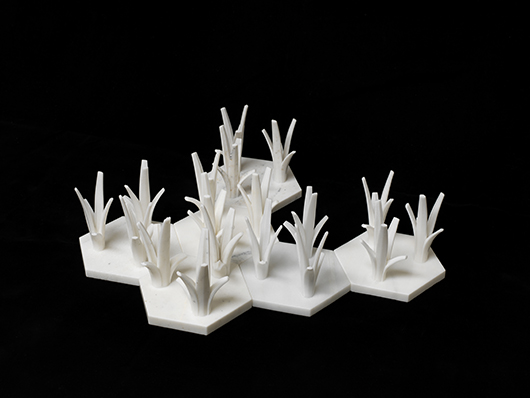
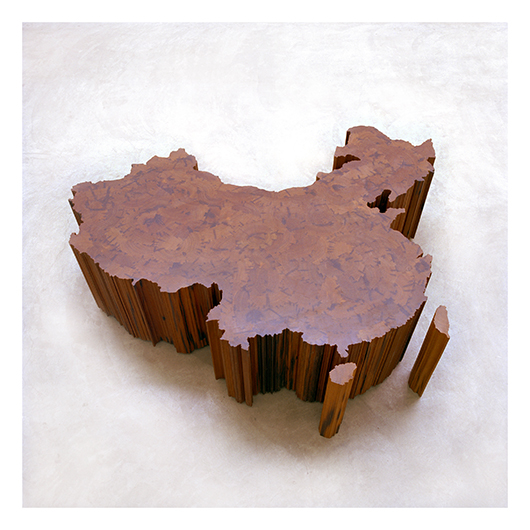
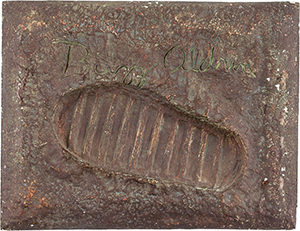
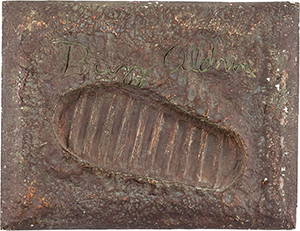
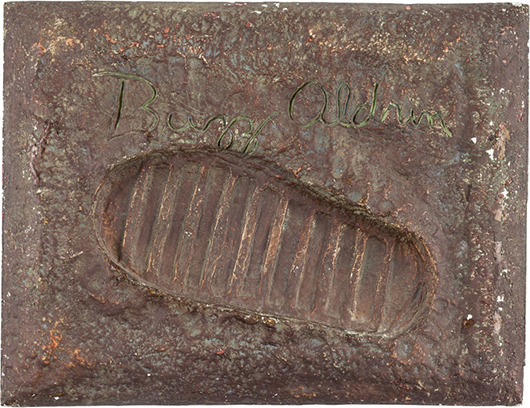
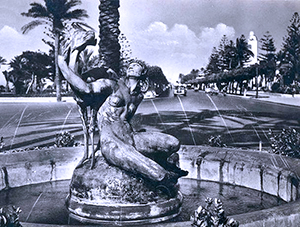
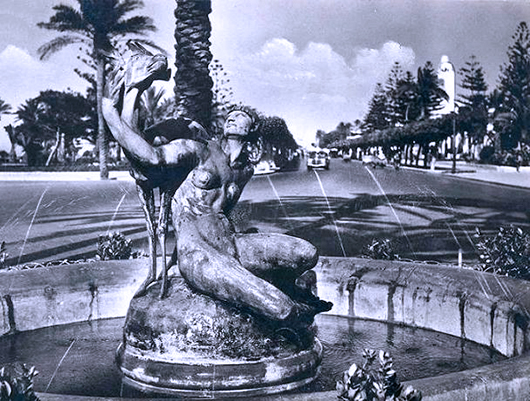
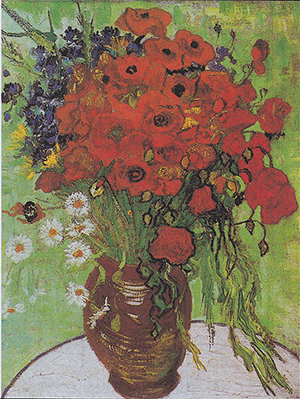
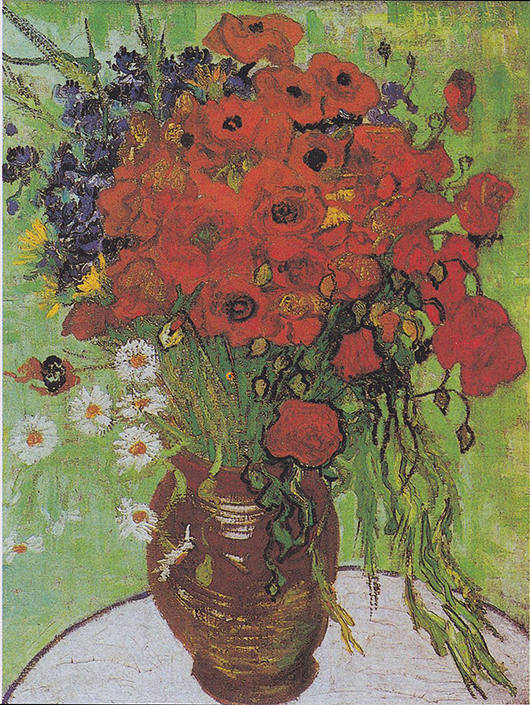

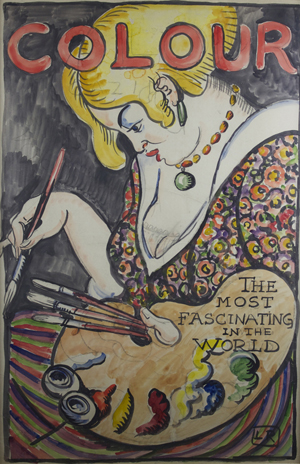
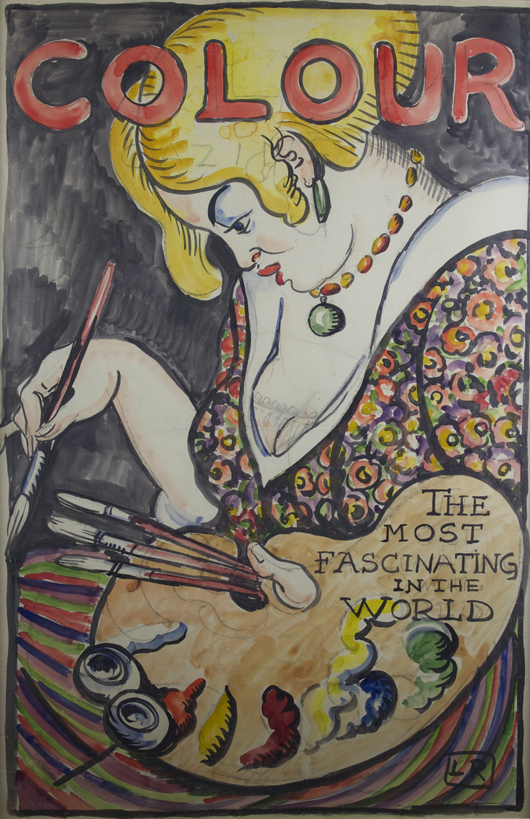
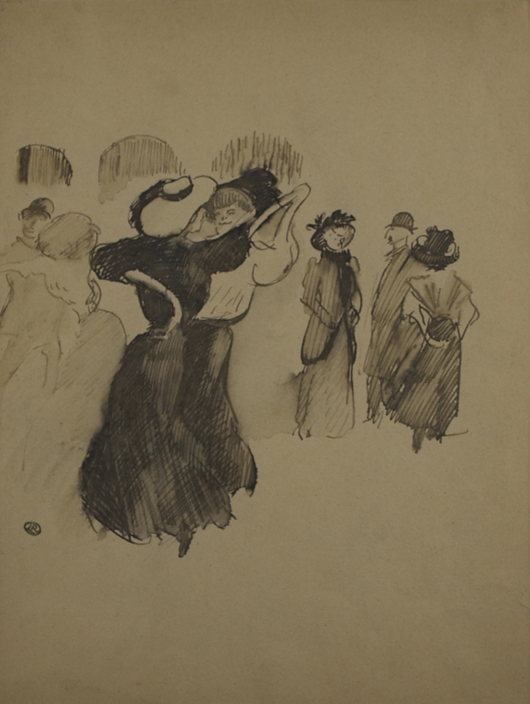
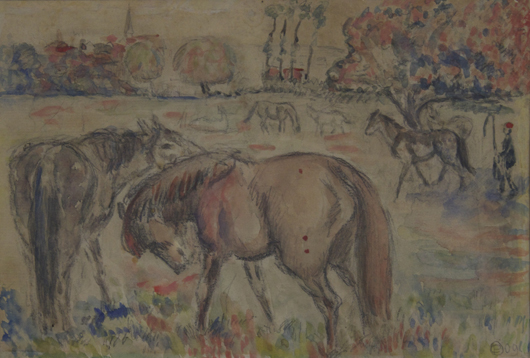
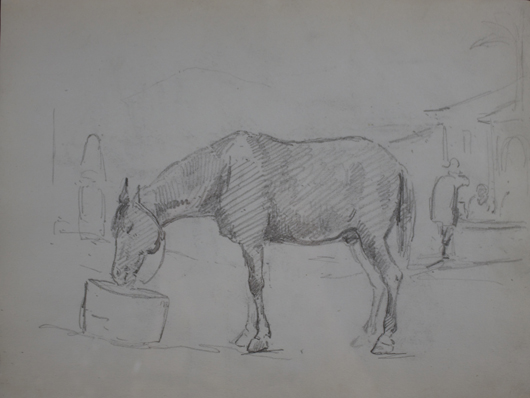
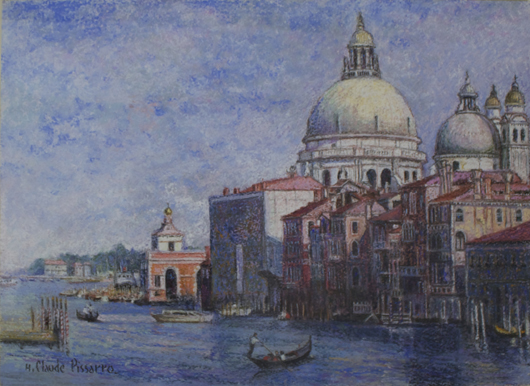
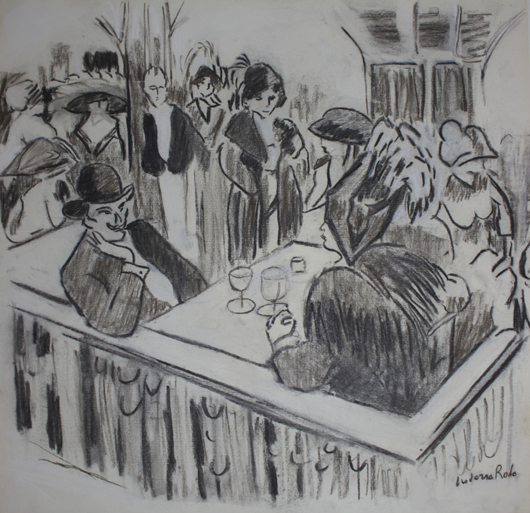
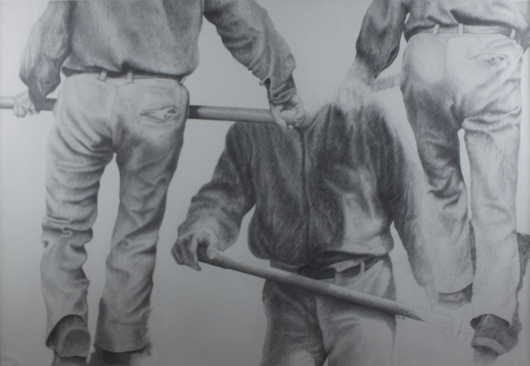
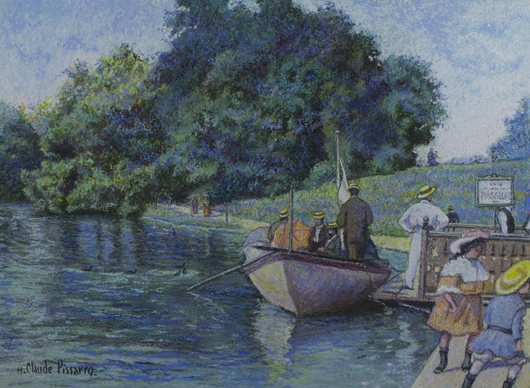
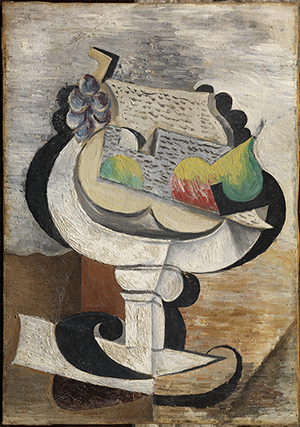
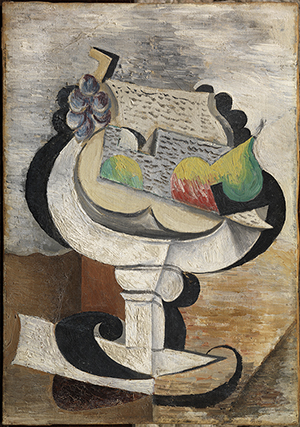
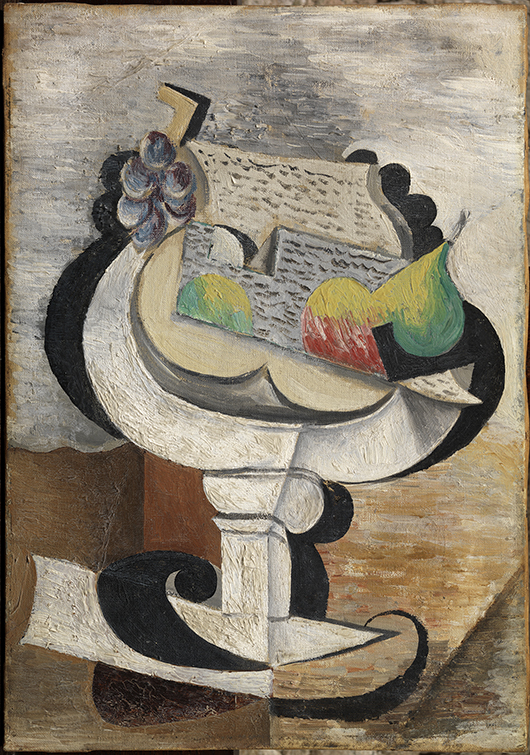
!['Still Life: Sandia,' 1924, Salvador Dalí © Salvador Dalí. Fundació Gala-Salvador Dalí, [Artist Rights Society (ARS)], 2014. Collection of the Dalí Museum Inc., St. Petersburg, FL, 2014. This exhibition was organized by the Dalí Museum and the Museu Picasso, Barcelona, with the collaboration of the Fundació Gala-Salvador Dalí and is supported by an indemnity from the U.S. Federal Council on the Arts and the Humanities. 'Still Life: Sandia,' 1924, Salvador Dalí © Salvador Dalí. Fundació Gala-Salvador Dalí, [Artist Rights Society (ARS)], 2014. Collection of the Dalí Museum Inc., St. Petersburg, FL, 2014. This exhibition was organized by the Dalí Museum and the Museu Picasso, Barcelona, with the collaboration of the Fundació Gala-Salvador Dalí and is supported by an indemnity from the U.S. Federal Council on the Arts and the Humanities.](https://www.liveauctioneers.com/news/wp-content/uploads/2014/11/2014_1105_Dali_Still Life - Sandia.jpg)
